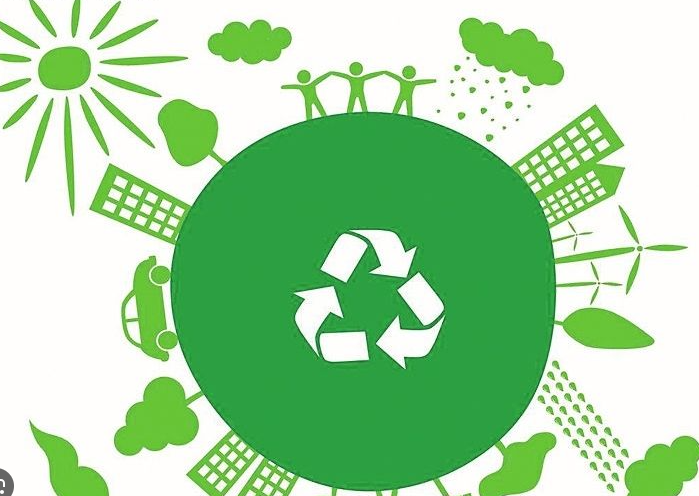Five Important Things to Consider When Purchasing Laboratory Glassware
Release time: 2025-03-25
Laboratory glassware is the backbone of scientific research, diagnostics, and experimentation. Whether you’re setting up a new lab or replenishing supplies, choosing the right glassware is critical to ensuring accuracy, safety, and longevity. With countless options available, it’s easy to feel overwhelmed. To simplify your decision-making process, here are five essential factors to evaluate before making a purchase:
1.Material Quality and Type
Not all glassware is created equal. The material determines durability, thermal resistance, and chemical compatibility. Key options include:
- Borosilicate Glass .e.g., Pyrex® or Duran®: Resists thermal shock, ideal for high-temperature applications .e.g., autoclaving, heating.
- Soda-Lime Glass: Cheaper but less resistant to heat and chemicals; suitable for cold processes or short-term use.
- Quartz Glass: Exceptional thermal and UV resistance, but expensive; used in specialized optics or extreme conditions.
2.Precision and Calibration
Accuracy is non-negotiable in labs. Check whether the glassware meets Class A or Class B standards:
- Class A: High precision .±0.1% tolerance, certified for volumetric measurements .e.g., burettes, pipettes.
- Class B: Slightly lower accuracy, suitable for general-purpose use.
3.Chemical and Thermal Resistance
Will the glassware handle harsh chemicals or extreme temperatures? Consider:
- Chemical Compatibility: Borosilicate glass resists most acids and bases, but hydrofluoric acid or strong alkalis may require specialized coatings.
- Thermal Shock Resistance: Critical for processes involving rapid temperature changes (e.g., freezing to heating).
4.Supplier Reputation and Support
A reliable supplier ensures quality and accountability:
- Certifications: Choose vendors with ISO 9001 or GMP certifications.
- Warranty and Replacement Policies: Opt for brands offering guarantees against defects.
- Customer Reviews: Research feedback on durability, packaging, and after-sales service.
5.Cost vs. Long-Term Value
While budget matters, prioritize total cost of ownership:
- Initial Cost: Soda-lime glass is cheaper upfront, but borosilicate may save money long-term due to durability.
- Replacement Frequency: Low-quality glassware cracks easily, increasing long-term expenses.
- Customization: Tailored solutions .e.g., custom graduations, joints. may justify higher costs for specialized workflows.
Purchasing laboratory glassware is an investment in your lab’s efficiency and safety. By prioritizing material quality, precision, chemical resistance, supplier reliability, and long-term value, you’ll avoid costly mistakes and ensure consistent results. Always consult with lab managers or experienced colleagues for project-specific recommendations, and don’t hesitate to request samples before bulk purchases.


